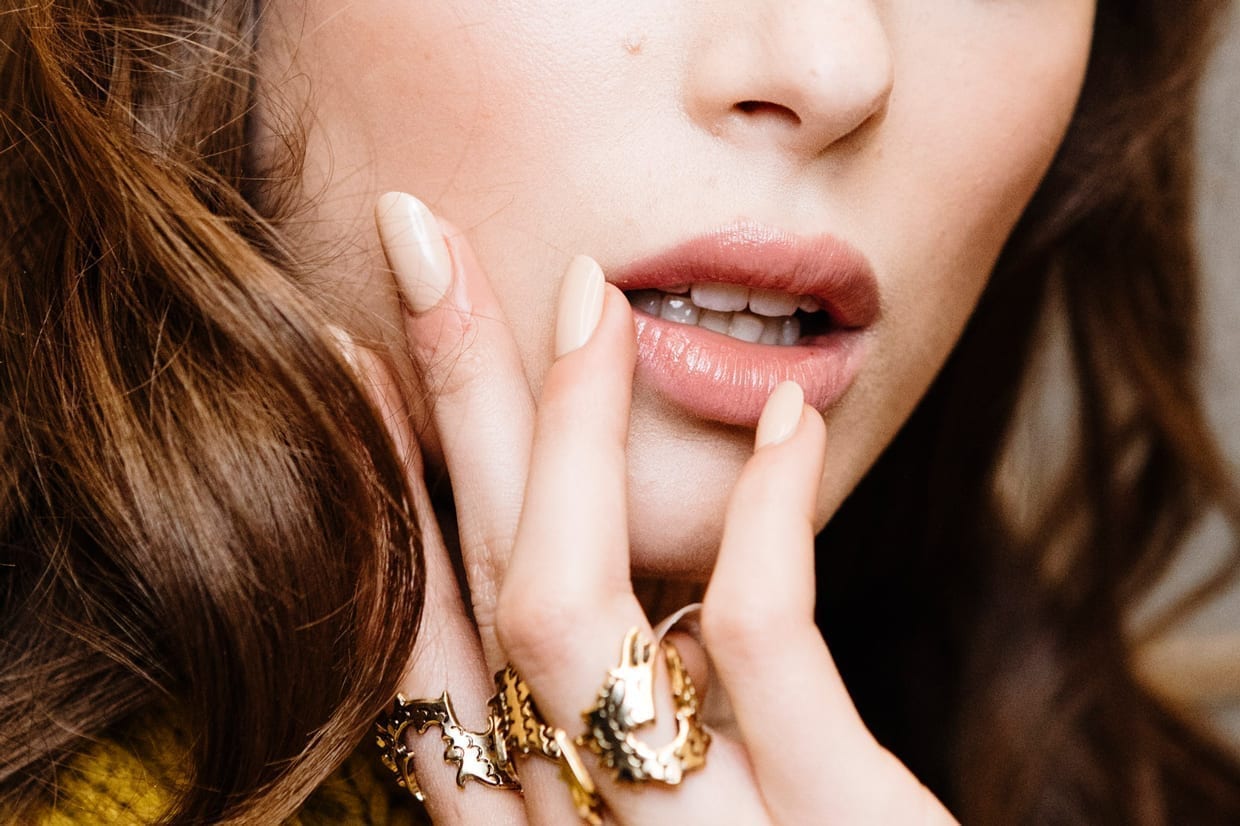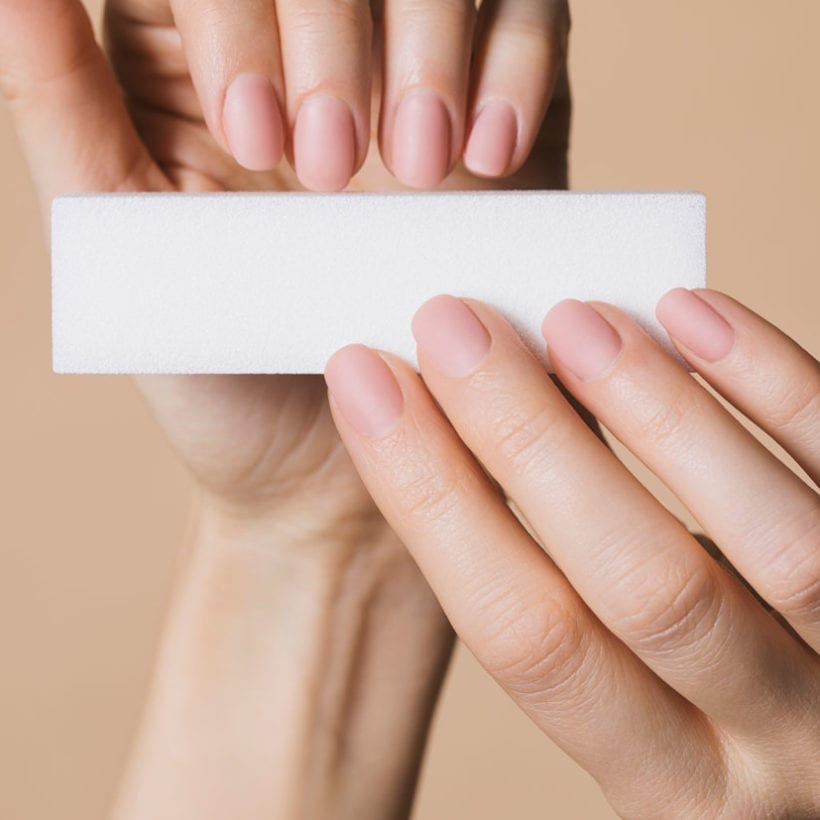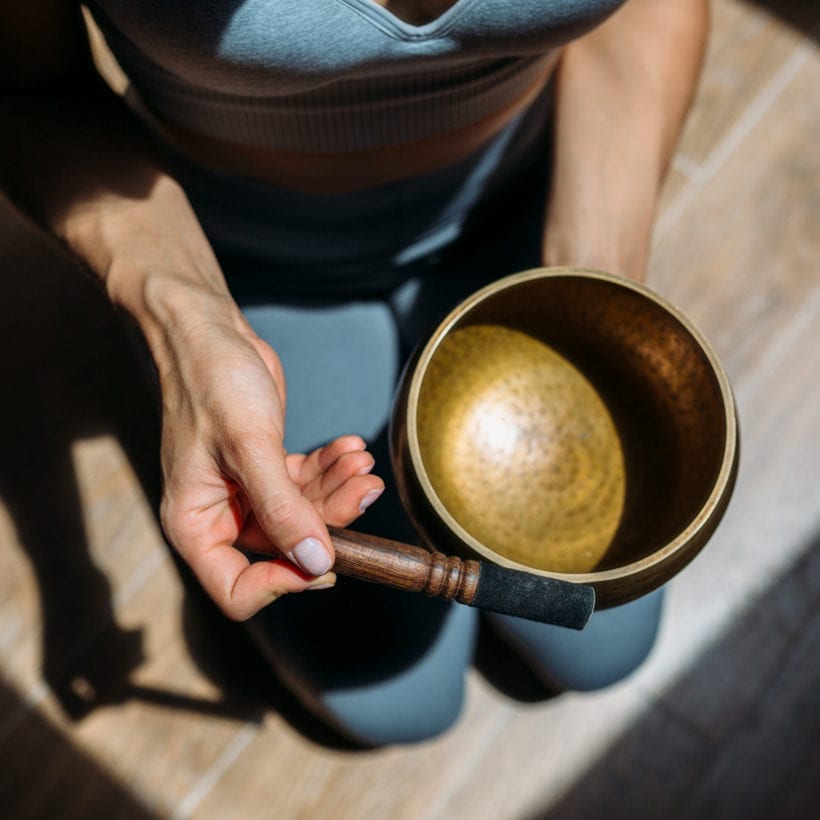You are stressed — that much you know. But the American Institute of Stress reports that there is no specific definition for stress as it is different for everyone (and everyone from children to senior citizens experience it).
And while you might be worried about how stress affects your skin, your gut, your health, your sleep and even your relationships (which, from personal experience, only leads to more stress), you could be forgetting one part of the body that actually shows physical signs of aforementioned stress: the nails.
But how exactly does this common response display itself on the fingernails and toenails? Two board-certified dermatologists explain what to look out for, and how to counteract it.
What does a healthy nail look like?
In order to point out signs of stress, you need a baseline. “Healthy nail anatomy includes a white half-moon at the base of the nail. This is called the lunula and contains the nail matrix cells responsible for generating the nail plate,” says Heather Richmond, M.D., a Houston-based dermatologist. “The skin under the nail plate is known as the nail bed. The cuticle is the thin flap of skin at the base of the nail, which creates [a] seal to protect the nail matrix and prevent irritation.”
A healthy nail will appear pink in color and be free of imperfections.
A healthy nail will appear pink in color and will be free of imperfections (such as ridges). Healthy nails also need nutrients like biotin, zinc and iron — nails are made out of protein. According to the Institute for the Psychology of Eating, stress literally stops digestion of nutrients or it can fast-track digestion, meaning the nutrients do not get absorbed. And if you are not absorbing the necessary nutrients, it affects the health of your nails.
But what happens if you damage the nail? It takes a significant time to grow back. “The nail matrix constantly generates new cells that are tightly packed together to form the nail plate,” says Richmond. “This is a continuous and very slow process. As a general rule, a fingernail takes approximately six months to fully grow out, whereas a toenail may take a year.”
How does stress affect the nail?
It is well documented that stress ripples through the body with negative effects. And the nail is no exception. “Stress … can temporarily stop or disrupt the production of the new nail on some or all of the nails,” Richmond adds. “The timing of the illness can be approximated by how far away from the nail matrix the groove has traveled.” And because of this, you might not see the effects of stress on the nails until weeks after.
And those signs? According to Richmond, there are numerous to look out for:
Beau’s lines. You might be used to seeing white dots on your nails. Good news — that is completely normal, and they are more often than not caused by small trauma to the nail bed. Beau’s lines, however, are horizontal lines that run across the nail plate. Since stress disrupts the regrowth of the nail plate, the horizontal lines are literal markers. And mental stress isn’t the only thing that can cause depressions in the nail; physical stress on the body in the form of illness can cause Beau lines too. High fevers and other extreme medical conditions like COVID can lead to Beau lines,” Dr. Sandy Skotnicki, dermatologist and author of Beyond Soap says. This is because serious illness slows the growth of the nail, and when it resumes at its normal pace, you’ll see an indent. But this won’t happen to everyone who gets coronavirus. “Just having a mild case of COVID will not do it, you would have to have a significant illness associated with high fever,” Dr. Skotnicki adds.
https://www.instagram.com/p/Bobcr_yBzdc/
Habit tic nail deformity. Usually found on the thumb, “a habit tic deformity is a vertical ridged groove in a Christmas tree pattern, typically located along the center of the nail extending from the cuticle to the nail tip,” Richmond says. “It is a result of chronic rubbing or picking of the cuticle of that finger. Over time, this causes trauma to the underlying nail matrix and results in an abnormal, dystrophic nail.” And, it can be triggered by anxiety. The good news is that it only lasts for as long as the behavior continues; permanent damage can occur from repeated trauma, though. As for overcoming the desire, Richmond says: “It can be helpful to apply a physical barrier such as a band-aid to protect the cuticle and prevent picking and allow for normal nail growth.”
You are biting your nails. This may seem like a no-brainer, but there is a lot more that goes into the repetitive action. A Clinical Psychology Review study shows that there is a connection between nail-biting and emotional release. Translation: the more we bite, the more relaxed we feel. But biting does more than just shorten the nails. According to Richmond, nail-biting damages the nail plate and can sometimes cause it to separate from the nail bed. This can lead to soreness and risk of infection. “Anxiety worsens compulsive behaviors such as nail-biting,” she adds. “Alleviating any underlying anxiety with general lifestyle modifications such as regular exercise, healthy sleep habits and other forms of stress reduction, as well as appropriate medications or psychotherapy where medically appropriate can be of benefit [to help eliminate the habit].”







